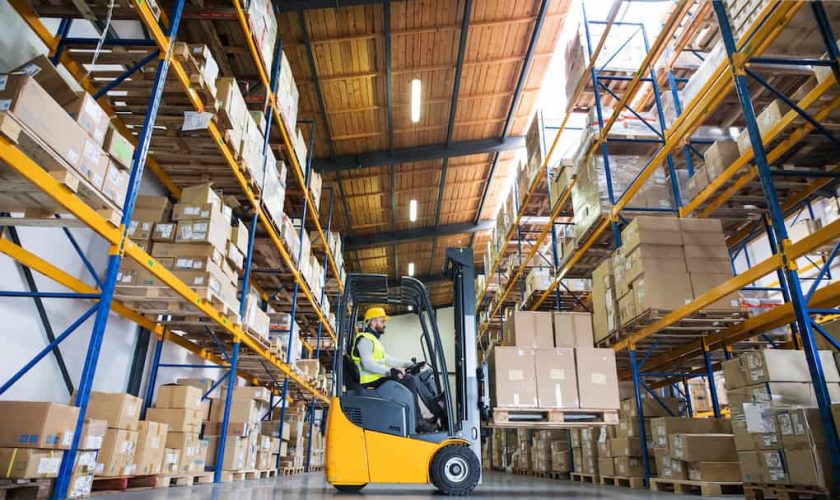Entrepreneurship can be a thrilling and fulfilling journey, but it also comes with its fair share of challenges. One of the most significant hurdles that entrepreneurs often face is managing their finances effectively. Without a solid financial plan in place, even the most innovative business idea can quickly go south. In this blog post, we’ll explore why having a financial plan is essential for every entrepreneur and provide some tips on how to create one that will keep your business on track! And hey, if you’re ever in need of quick cash flow solutions like a faxless payday advance, we’ve got some ideas too 😉
Why is a financial plan important for entrepreneurs?
As an entrepreneur, you have a lot on your plate. From developing new products to networking with potential clients and investors, it’s easy to get caught up in the excitement of building your business. However, one aspect that many entrepreneurs overlook is creating a financial plan.
A financial plan is essential because it helps you stay focused on the big picture of your business goals while also addressing the day-to-day operations. Without a financial roadmap in place, it can be challenging to make informed decisions about investments or expenditures.
In addition to keeping you organized and accountable for your finances, having a solid financial plan can also help attract investors and lenders who want to see that you have a clear vision for how their funds will be used. A well-executed plan demonstrates that you’re serious about growing your business sustainably.
Moreover, having a financial plan provides peace of mind knowing that you are prepared for any unexpected events like market downturns or natural disasters that could negatively impact your company’s finances. You’ll be able to better navigate these challenges if they occur since you’ve already planned ahead.
Ultimately, taking the time to create and maintain an effective financial strategy is key for every entrepreneur looking towards growth and success in their businesses!
How to create a financial plan
Creating a financial plan begins with setting clear and measurable goals. Consider both short-term objectives, such as purchasing new equipment, and long-term aspirations like expanding your business. Be specific about the timeline for achieving these targets to ensure you stay on track.
Next, assess your current financial situation by examining assets, liabilities, revenue streams, and expenses. This will provide valuable insight into where adjustments need to be made in order to reach your goals.
Developing a budget is an essential part of any financial plan. Allocate resources effectively by prioritizing expenses based on their importance to your business operations. Regularly review and adjust this budget as circumstances change.
Forecast future cash flow by estimating incoming funds from sales or other sources while accounting for projected outlays such as fixed costs and variable expenses. Analyzing different scenarios can help prepare you for unpredictability in the market.
It’s important not only to create but also monitor and update your financial plan frequently. Business conditions can evolve rapidly – staying nimble allows entrepreneurs the flexibility needed for sustained success.
By following these steps diligently, entrepreneurs can establish a strong foundation that supports long-term growth strategies while mitigating potential risks along the way – including those times when they may need access to emergency funding options like obtaining a faxless payday advance during unforeseen challenges.
What should be included in a financial plan?
A financial plan is a critical tool for entrepreneurs to manage their business finances and achieve their long-term goals. When creating a financial plan, there are several key components to consider.
Firstly, it’s important to establish clear financial objectives and set measurable targets that align with your overall business strategy. This includes determining revenue targets, profit margins, and cash flow projections.
Next, you should develop a budget that outlines your expected income and expenses over the coming months or years. Be sure to factor in both fixed costs (e.g., rent, salaries) as well as variable costs (e.g., marketing expenses).
Another crucial aspect of any financial plan is risk management. This involves identifying potential risks that could impact your business financially and developing strategies to mitigate them. Examples might include purchasing insurance coverage or creating emergency funds.
In addition to these core elements of a financial plan, entrepreneurs may also wish to incorporate other areas such as tax planning or investment strategies into their overall approach.
Ultimately, an effective financial plan should be comprehensive yet flexible enough to adapt to changing circumstances over time. By regularly reviewing and updating this document on an ongoing basis, entrepreneurs can ensure they remain on track towards achieving their business objectives while minimizing unnecessary risks along the way.


